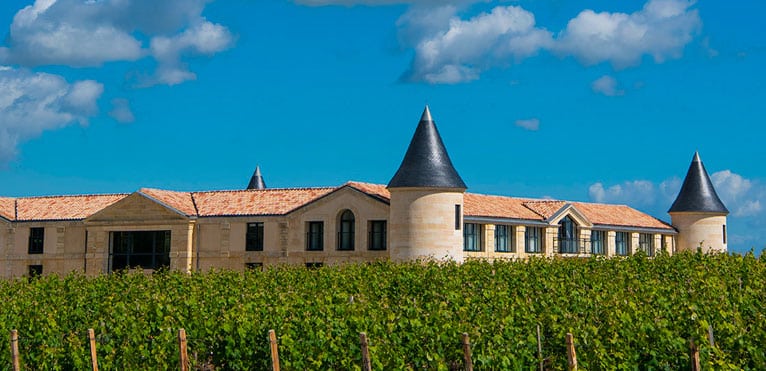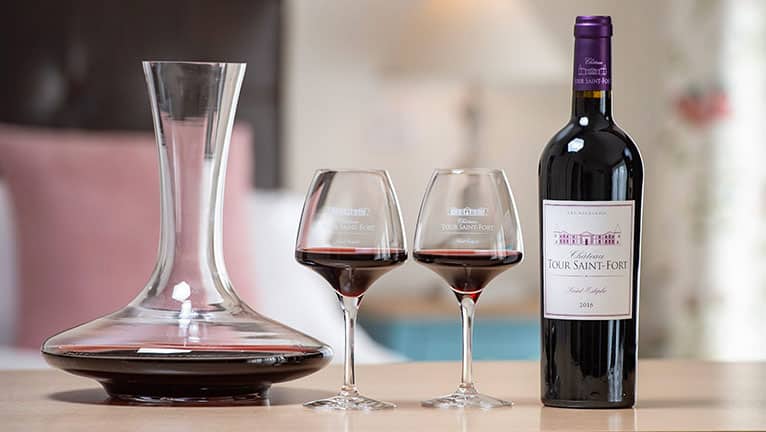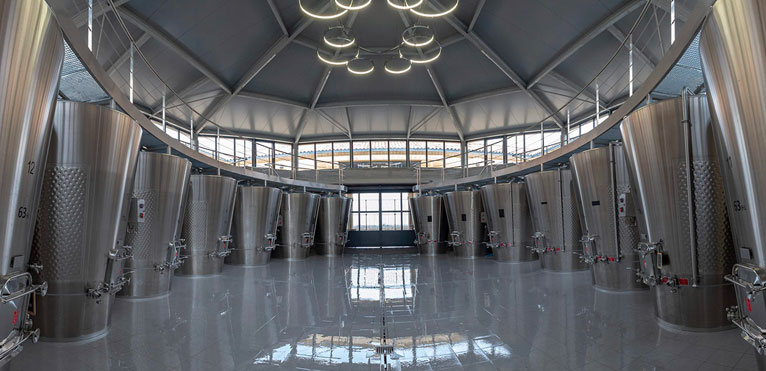
Contents
Zoom in on a château in the Bordeaux region, located in the Laujac area, north of the Saint-Estèphe appellation.
A rich history
Created in the 18th century by the Seigneur de Pez and the Calon family, this estate has evolved over the centuries and through the ups and downs of history. After belonging to the Seigneur de Pez and the Calon family, Château Tour Saint-Fort went through several owners and adopted several names before taking on the name we know today.
At the beginning of the 19th century, the estate, then called “Maison Cazaux”, focused its sales mainly on exports, notably to England and Holland. In 1852, “Maison Cazaux” was recognized as a Crus Bourgeois. But by the end of the century, the estate began to slow down, and this decline worsened with the phylloxera crisis (an aphid native to the United States, responsible for the destruction of a large part of the French vineyards from 1864 onwards).
The renaissance came at the beginning of the 20th century thanks to Monsieur Pineau, who renamed the estate “Château Pineau”. Thanks to his impetus, the estate experienced a new dynamism, and its first wine won first prize at the Liège exhibition in 1905. In 1932, Château Saint Estèphe and Château Pineau’s Cru de la Tour became Cru Bourgeois.

Almost completely destroyed during the Second World War (only the old wine storehouse and one wall of a building remain), the Château was given a new lease of life in the early 1990s with the arrival of Jean-Louis Laffort, who set about modernizing the facilities (installation of a temperature-controlled vat room, creation of a tasting and reception room, replanting of vines, etc.). In 1994, Gault & Millau recognized the latest vintage in its guide.
Lastly, a buyout in 2016 will enable us to continue our campaign to modernize our technical facilities.

The wines
Château Tour Saint-Fort is based on a 14-hectare vineyard, divided between Château Pineau’s Cru de la Tour and Château Saint Estèphe. The blend includes 59% Merlot, 31% Cabernet Sauvignon, 7% Petit Verdot and 4% Cabernet Franc. With the ambition of reviving the Château’s history with a profound respect for the soil and vines, an HVE certification process has been undertaken, with a reduction in the use of chemical products.
After a traditional vinification process and barrel ageing for at least 12 months, 2 wines (made from plot-by-plot harvests) are produced. Château Tour Saint-Fort (a blend of Merlot, Cabernet Sauvignon and Petit Verdot) is a deep ruby-red wine for laying down. On the nose, aromas of red and black fruits, and a frank, dense and generous attack, with straight, fine tannins. This wine is perfect with fillet of beef or a truffled omelette. The second wine, Baron d’Estours (a blend of Cabernet Sauvignon and Merlot), reveals a nose of red and black fruits with hints of leather, followed by a persistent, clean palate, both tannic and fresh. Serve with pan-fried porcini mushrooms or Saint-Félicien cheese.
Photos: Château Tour Saint-Fort